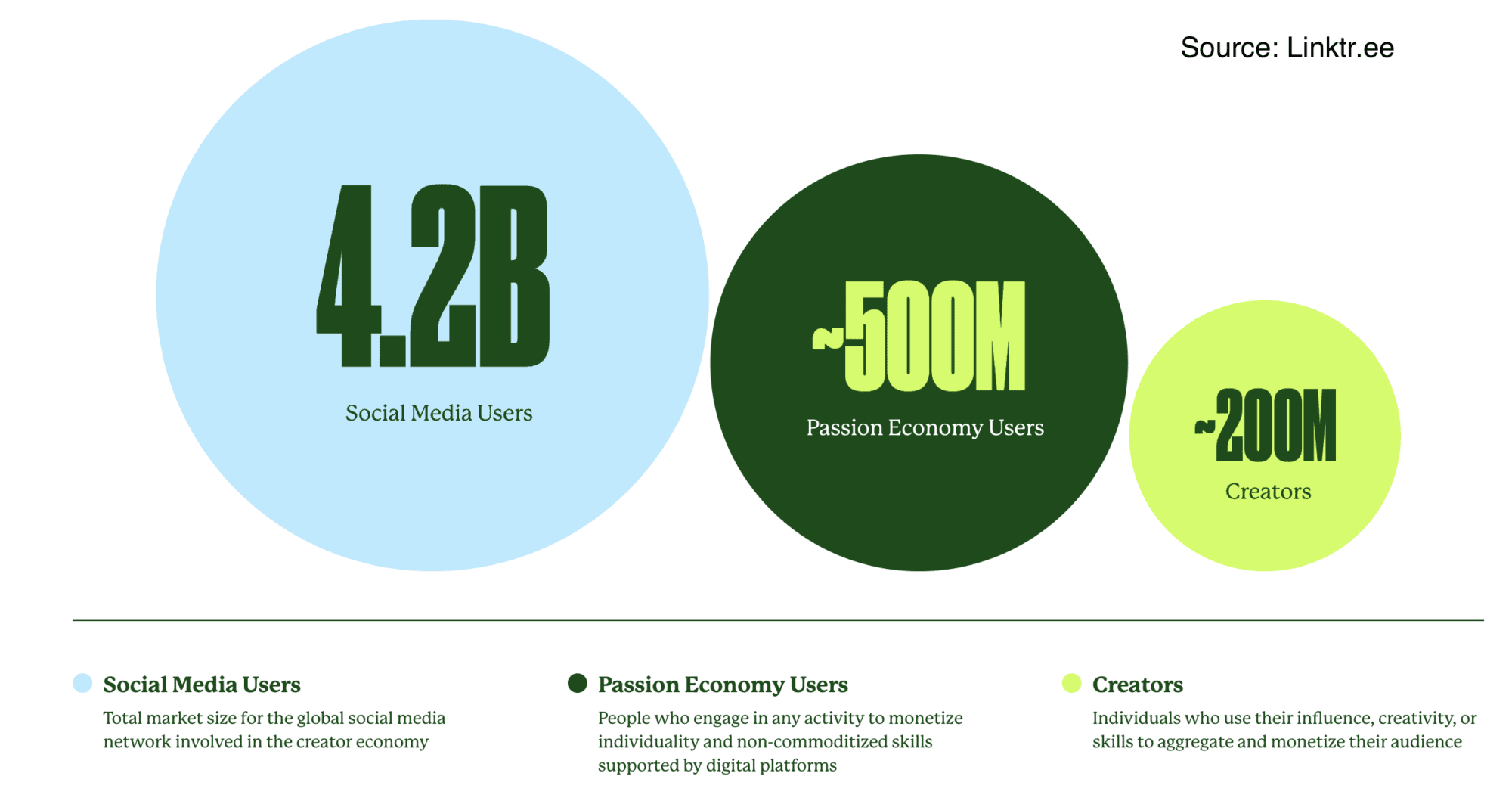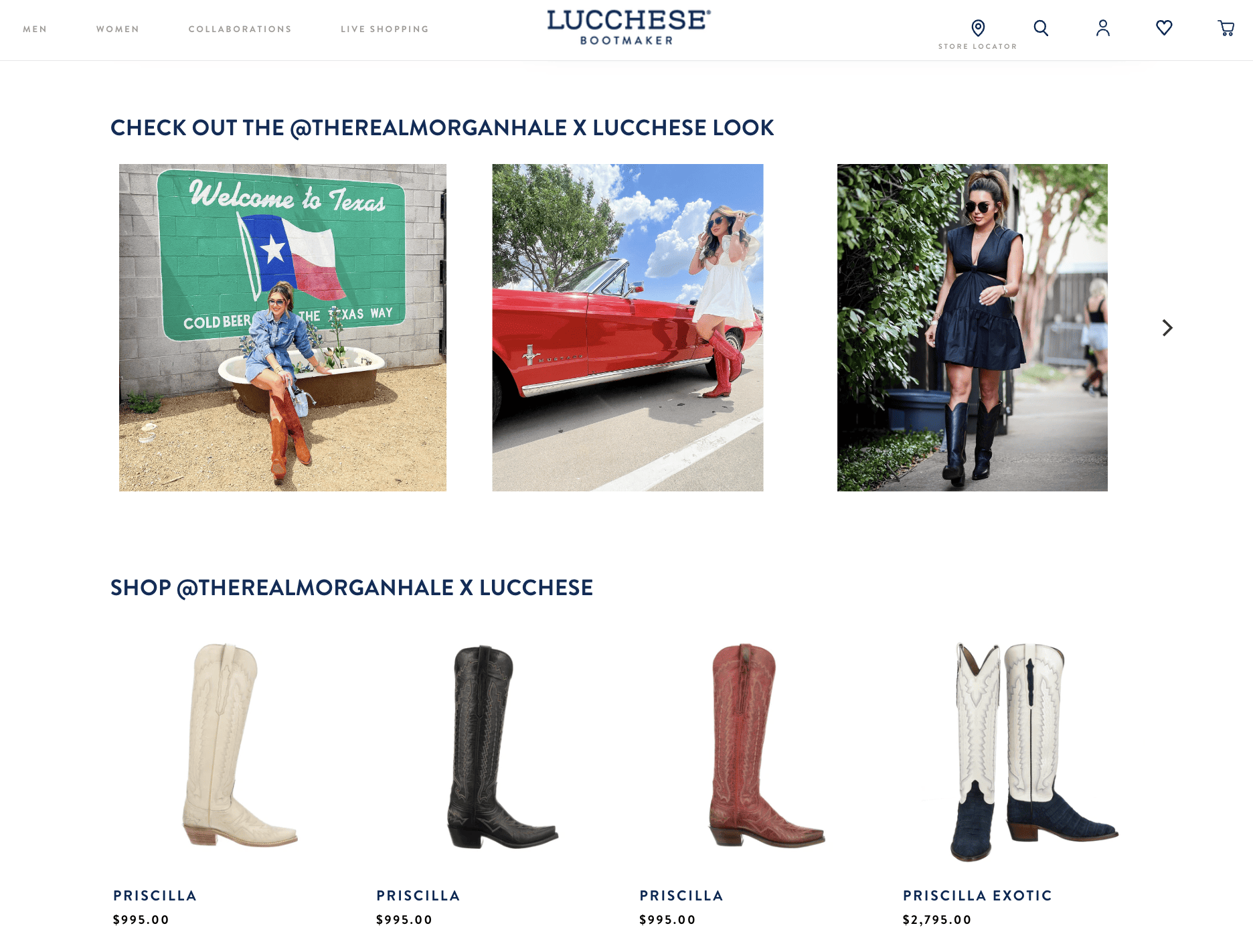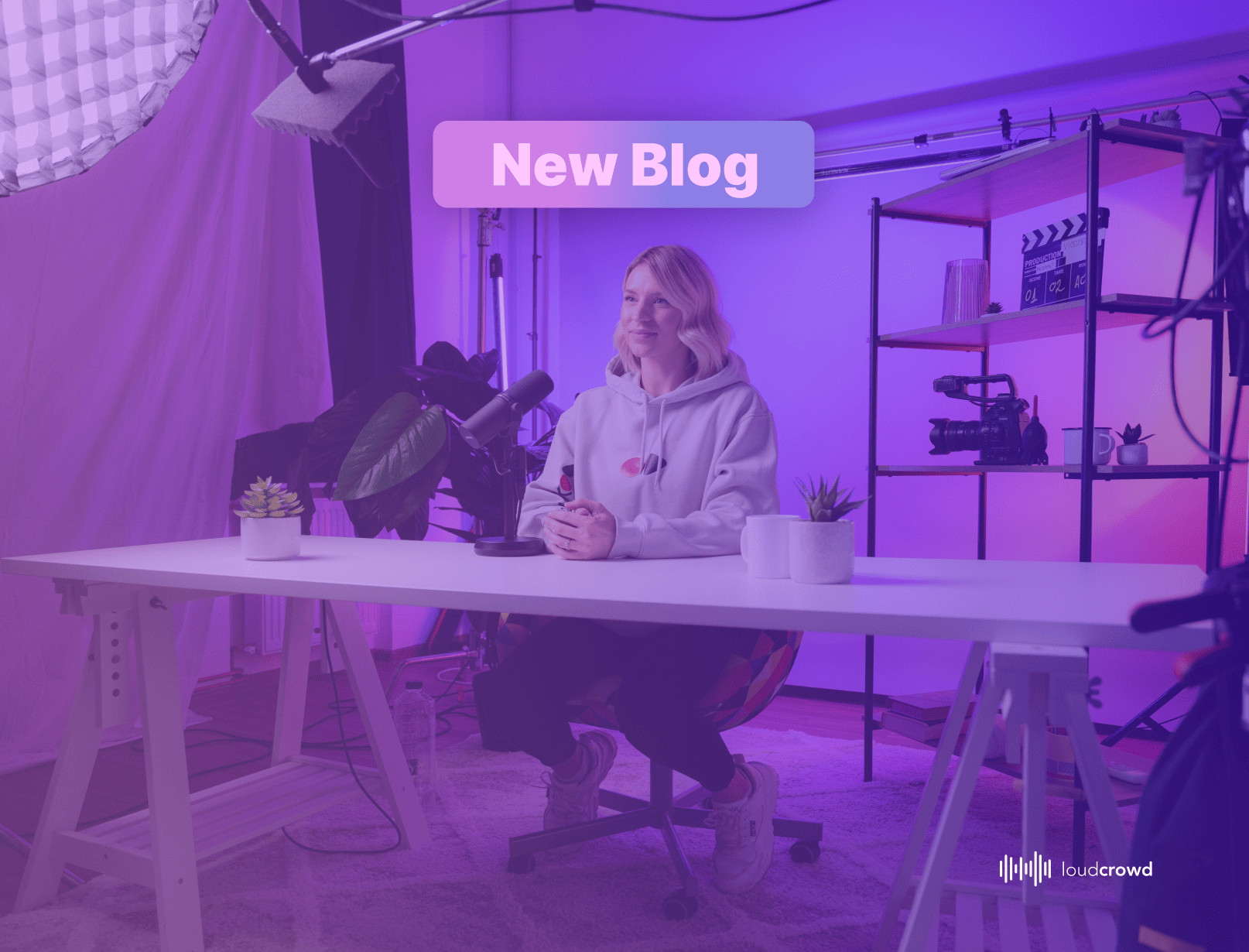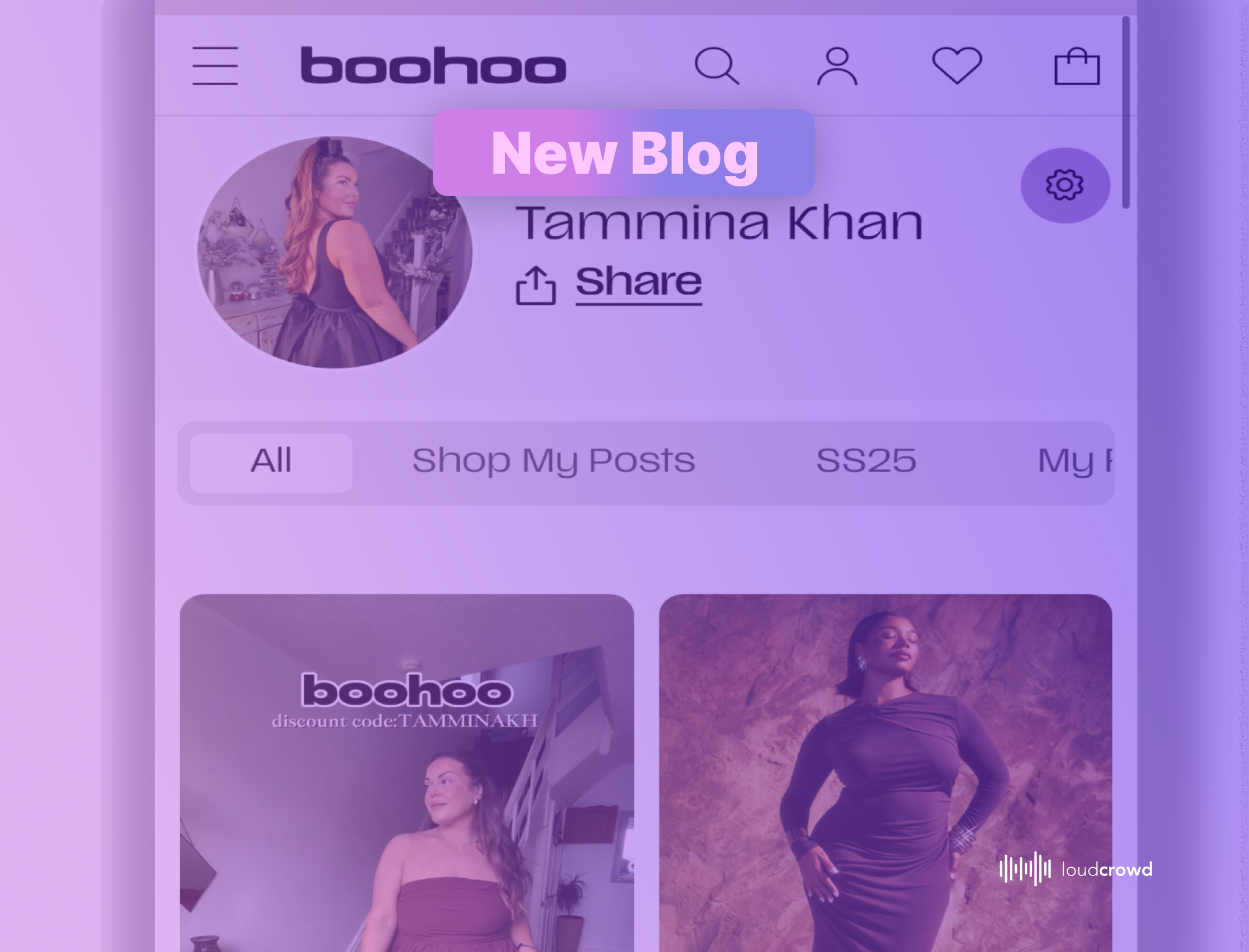What is Creator Commerce?
Creator Commerce is the subset of e-commerce where influencers, bloggers, and other content creators market and sell the products of another brand. Content creators often benefit from brand partnerships by earning commissions on all referred sales.
The Growth of Creator Commerce
The emergence of Creator Commerce dates back to YouTube and online stardom from the early 2000s. After, came the popularity of well-known TikTok personalities like Dixie D’Amelio and Noah Beck during the 2020 Covid era. Since then, the number of macro and micro-influencers from all categories of interests skyrocketed to nearly 207 million people.

With that, social media and influencer marketing are becoming increasingly important sources of traffic for eComm sites. The trends are clear, consumers are spending more time on platforms like Instagram and TikTok, and more importantly, the platforms are inspiring far more purchases. For Gen Z, these trends are even more pronounced, with 92% of Gen Z adults crediting influencer recommendations as the most important driver of purchases.
Social Commerce in 2023
Content creators nearly replaced retailers in the product discovery phase of the consumer journey. For example, if a consumer is looking to furnish a new home, it’s increasingly likely that they search their favorite home furnishing creator on TikTok, instead of making a trip to IKEA.

Yet content creators do not manufacture products or operate logistics like shipping. They are merely connected with brands via a messy web of affiliate links and discount codes. This relationship is often not amicable, for several reasons.
Brand versus Influencer in the Social Commerce Economy
Skyrocketing customer acquisition costs (CACs) are putting brands in a challenging position:
- Digital advertising costs are set to increase at least 20% in 2023 alone
- Apple/Google are imposing privacy policies that make achieving ROI untenable
- The democratization of marketplace technology has given rise to more DTC brands and competition
Brands must make an important choice. Social marketplace platforms, like Amazon and LTK, have made it easy for brands to appease the content creator’s entrepreneurship desire. But – it doesn’t come without its problems.
- The brand relinquishes a higher percentage of their margin to the content creator and third party commerce platform
- The customer experiences friction to make the purchase (download an app, redirect through multiple sites, etc.)
- The brand no longer provides direction over the content that the influencer produces
- The influencer promotes several brands on a single shop. Oftentimes, competitors sit next to each other on these storefronts
- The brand loses all of the crucial customer acquisition and behavior data that informs trajectory changing decisions
How do Brands Succeed in the Era of Creator Commerce?
Influencer Storefronts that resemble an LTK shop, Walmart Creator Shop or Amazon Influencer Storefront can live on a brand’s eComm site.

Similarly, several emerging technology platforms have made embedding shoppable videos and other UGC content throughout the site seamless.

These are just some of the ways a brand can make a creator feel like an entrepreneur without surrendering control of commerce. In fact, featuring creators throughout the brand site has other benefits like:
- Influencer retention – creators stick with brands they feel connected to
- Conversion rate – social proof directly on the site alleviates institutional trust issues
- Average order value – creators have a unique eye for product curation and it drives higher cart values
Conclusion
Creator Commerce – the subset of eCommerce where influencers own a large portion of the customer journey – is here to stay. The brands that will stay relevant in the coming years are those that accept this truth and adapt to it.
By leveraging best-in-cass Creator Commerce software, like LoudCrowd’s Influencer Storefronts, eComm brands can ensure they stay relevant and drive even more revenue than decades past.
Chat with us to learn more about Creator Commerce, for free!




4 thoughts on “Creator Commerce: Everything a brand needs to know”
Comments are closed.